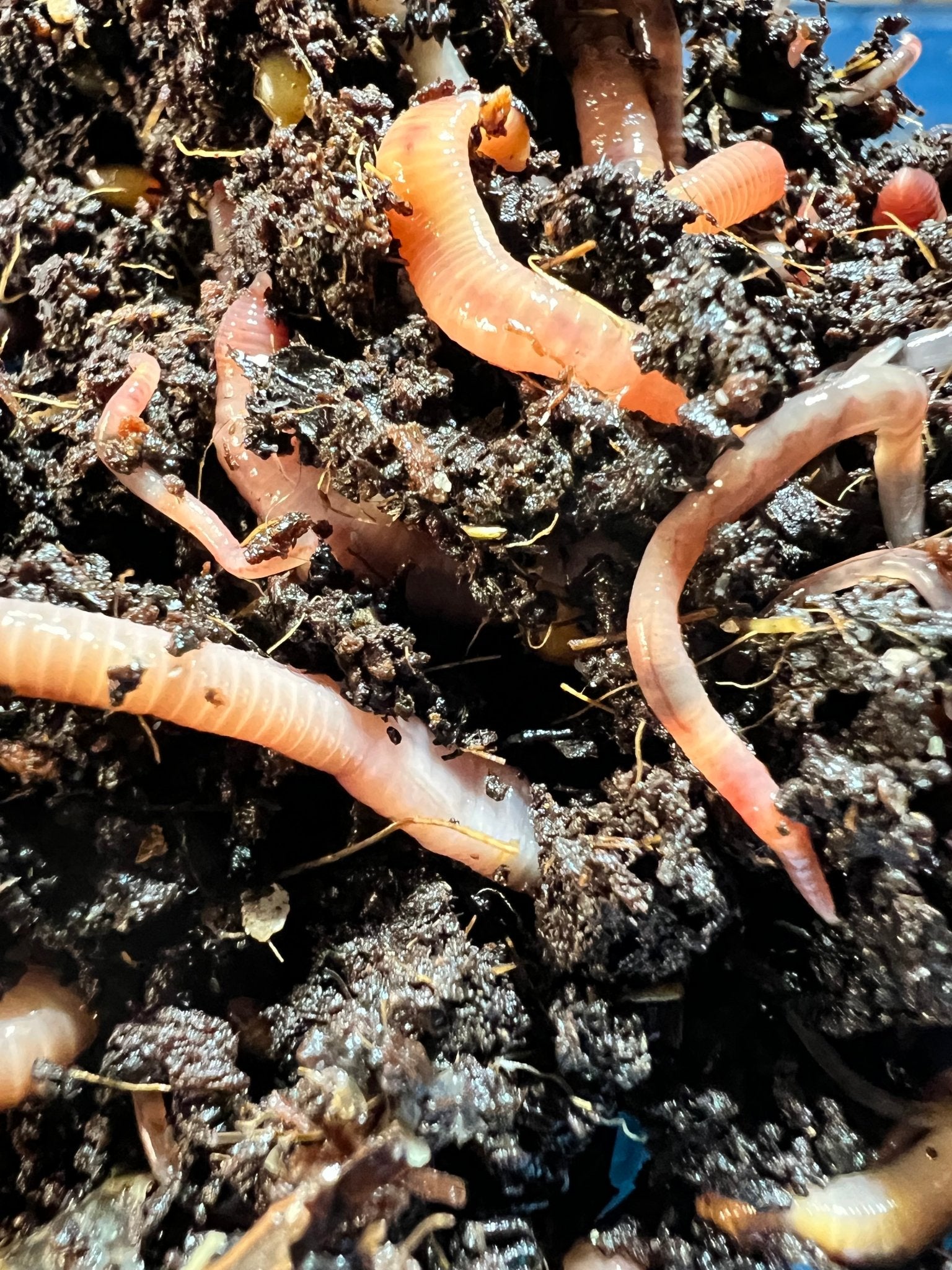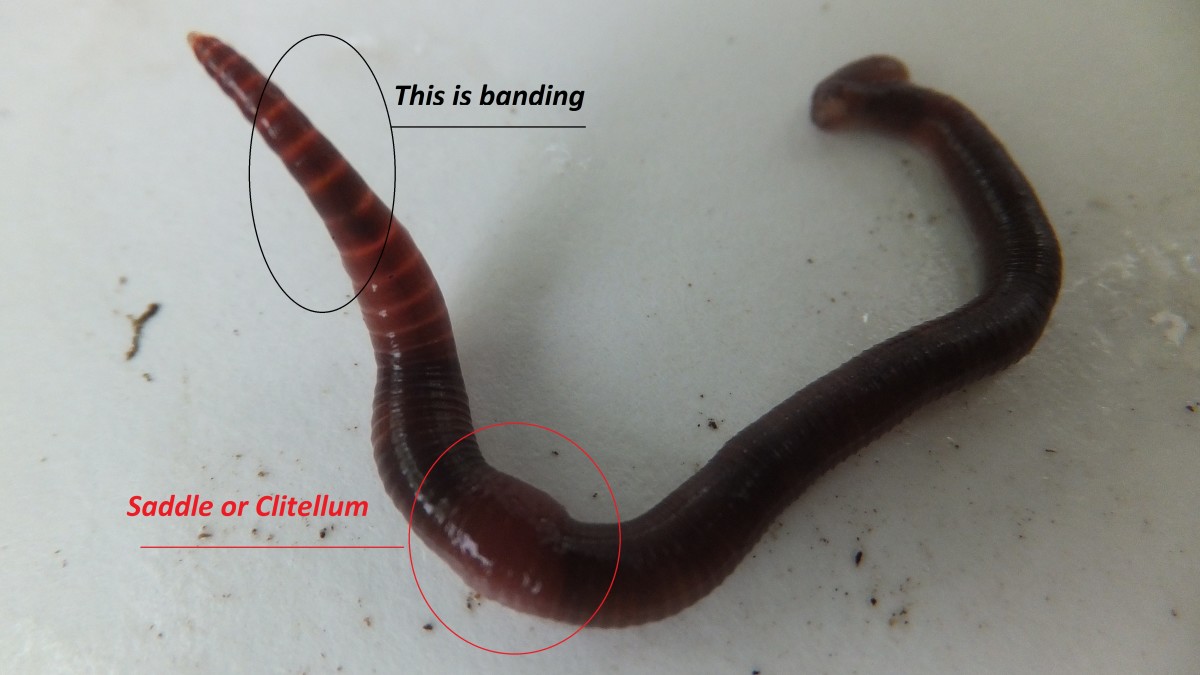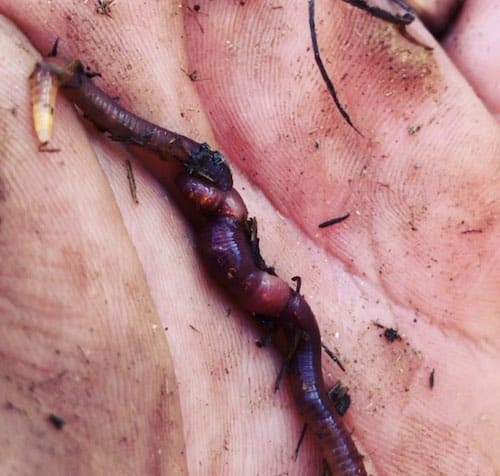Choose Lake Hickory Bait for High-Quality Worms, Tackle, and More
Choose Lake Hickory Bait for High-Quality Worms, Tackle, and More
Blog Article
Unlock the Secrets of Red Wigglers: Your Guide to Composting Success
The assimilation of red wigglers into composting techniques offers a considerable opportunity for enhancing dirt health and wellness and promoting sustainability. Recognizing their needs and actions is vital for enhancing their capacity, from setting up an appropriate worm container to feeding them the ideal materials.

What Are Red Wigglers?
(Red Wiggler Express)Red wigglers, clinically called Eisenia fetida, are a species of earthworm primarily made use of in composting because of their remarkable capacity to break down organic issue successfully. These worms are defined by their reddish-brown pigmentation and a segmented body, generally gauging between 3 to 4 inches in size. Unlike other earthworm varieties, red wigglers grow in rich, natural atmospheres, making them ideal for vermicomposting systems.
Belonging To North America, they are commonly found in decomposing fallen leaves and compost heap, where they play an essential duty in nutrient recycling. Their adaptation to residing in a wet, aerobic setting enables them to eat big amounts of natural waste, breaking it down right into nutrient-rich spreadings that enhance dirt health.
Red wigglers duplicate swiftly, with a single worm capable of producing numerous cocoons each week, each containing numerous hatchlings. Comprehending the biology and habits of red wigglers is necessary for optimizing their capacity in composting applications.
Benefits of Utilizing Red Wigglers
Harnessing the power of red wigglers in composting provides various benefits that improve dirt health and wellness and promote sustainable waste administration. These remarkable organisms effectively damage down raw material, changing cooking area scraps and backyard waste right into nutrient-rich vermicompost. This ended up item is incredibly beneficial for plant development, as it boosts dirt structure, enhances moisture retention, and enhances nutrient availability.

(Red Wiggler Express)In addition, the visibility of red wigglers in your composting system can increase the composting process, producing high-quality garden compost in a fraction of the time contrasted to conventional methods. The spreadings created by these worms are also teeming with valuable bacteria that further improve the soil ecosystem.
Establishing Up Your Worm Bin
Developing an efficient worm bin is an uncomplicated process that can dramatically improve your composting initiatives. The primary step is choosing a suitable container. Worm containers can be made from plastic storage space containers, wooden boxes, or commercially offered worm bins. Make sure the bin has appropriate drainage and ventilation openings to preserve optimum moisture degrees and air movement.
Next, prepare the bed linen material, which offers as the worms' environment. A mix of shredded newspaper, cardboard, and coconut coir works well, supplying a comfy environment for the worms. Go for a bedding depth of regarding 4-6 inches. Dampen the bed linens gently, ensuring it resembles a damp sponge without excess water merging near the bottom.

Feeding Your Red Wigglers
To make sure the health and wellness and productivity of your red wigglers, it is important to provide them with a well balanced diet plan that meets their dietary demands. Red wigglers thrive on a varied variety of organic products, which not only provide needed nutrients but additionally advertise effective composting.
Begin by integrating cooking area scraps such as veggie peels, fruit cores, and coffee grounds. Stay clear of citrus fruits, onions, and garlic, as these can be harmful to worm health. Furthermore, introduce shredded paper, cardboard, and dry leaves to produce a well-aerated environment.
Feeding regularity ought to be checked; normally, worms can consume half their body weight in food weekly. It is vital to avoid overfeeding, as excess food can lead to undesirable odors and bring in insects. An excellent practice is to include food in percentages, permitting worms to process it before presenting more.
Preserving dampness levels is likewise essential; the bedding must be damp however not soaked. Last but not least, be sure to consistently check the temperature level and pH degrees of the container to guarantee an ideal setting for your red wigglers, ultimately improving their composting performance.
Harvesting and Making Use Of Compost
A successful composting process with red wigglers culminates in the abundant, dark garden compost called vermicompost, which can substantially improve soil wellness and plant development. Collecting this nutrient-dense product normally happens every three to six months, relying on the dimension of your system and the amount of raw material being processed.
To harvest, delicately different the compost from the worms and any undecomposed products. One reliable technique involves relocating the components of the bin to one side and adding fresh bedding and food to the vacant area, encouraging the worms to move. After a few days, the compost can be accumulated from the contrary side.
It is necessary to utilize vermicompost correctly to maximize its advantages. By incorporating vermicompost into your horticulture routine, you not only reuse organic waste but likewise create a growing ecosystem that supports sustainable horticulture Red Wiggler Express practices.
Verdict
In recap, red wigglers offer as extraordinary allies in composting efforts, transforming organic waste right into nutrient-rich vermicompost. By comprehending the ideal problems for their environment, feeding demands, and compost harvesting techniques, garden enthusiasts can boost soil health and wellness and advertise plant vigor.
Report this page